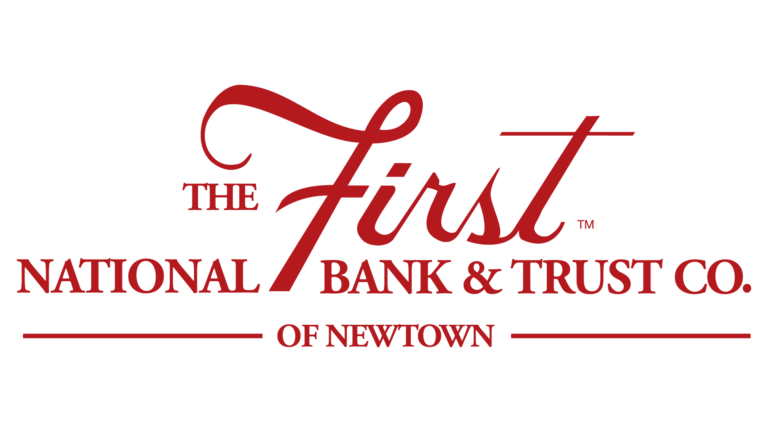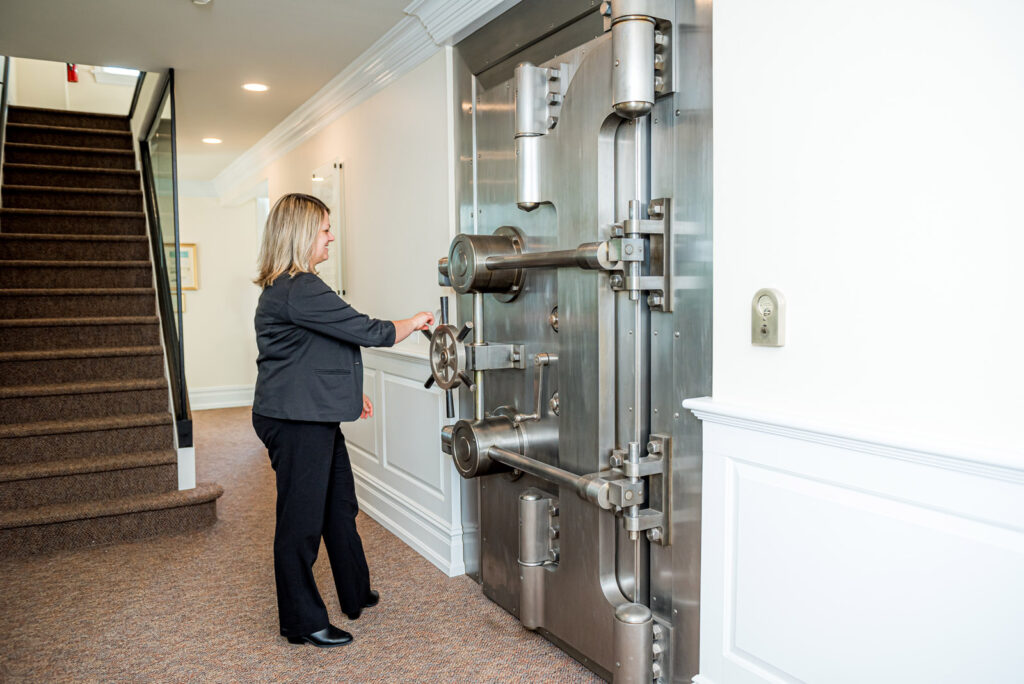Zach’s Story: A Slick Scam and an Empty Bank Account
Zach was having a typical busy Wednesday. He grabbed his morning coffee, looked at his phone, and noticed a text from The First: “Did you make this transaction? Reply YES or NO.” He frowned. He hadn’t made any purchases yet that day. Maybe it was just a glitch.
He replied “NO,” and within minutes, a call came in. It was a woman claiming to be from The First’s fraud department, speaking in a calm, professional tone. “We’ve detected unusual activity on your account. To secure it, we need to verify some details.” Zach, still groggy from sleep, complied. The caller walked him through a series of steps, asking for his online banking password and even guiding him to approve a notification on his iPhone. “This will block the hacker’s access,” the woman assured him. Zach followed along, not realizing he was falling into a trap.
Hours later, Zach’s phone buzzed again. This time it was a notification: $5,000 had been withdrawn from his savings account. Panicked, he logged into Mobile Banking, but it was too late. The app wouldn’t accept his password. His login ID was locked out. Then he saw another withdrawal happen, and another.
In a flash, Zach understood. The “banking fraud department” call was a setup, a well-orchestrated attack by a cybercriminal who now had full control of his account. Zach quickly called his bank hoping he could save his bank account in time.

Why You Need to Protect Your Financial Accounts
Our online financial accounts-checking, savings, and investment accounts-hold more than just money; they represent years of hard work, future plans, and financial stability. Cybercriminals are constantly on the lookout for opportunities to get access to your money, and one mistake can lead to significant financial loss. If you think a simple password is going to keep these criminals out, think again.
Today’s cybercriminals are smart, sneaky, and relentless. It’s crucial to be proactive in securing your financial accounts from banking fraud and scams. Not only will this help prevent unauthorized access, but it will also provide you with peace of mind knowing that your hard-earned money is safe.
Five Steps to Slam the Door on Banking Fraud and Cybercriminals
1. Turn On Multi-Factor Authentication (MFA) Right Now:
Multi-Factor Authentication adds an extra layer of security to your online accounts by requiring you to verify your identity through two or more methods-something you know (password), something you have (smartphone or hardware token), or something you are (fingerprint or facial recognition). Even if a cybercriminal gains access to your password, they will still need the second factor to access your account. Always opt for MFA wherever available, especially for financial accounts. The First National Bank and Trust of Newtown’s online banking and mobile banking have MFA enabled by default.
2. Use Strong, Unique Passwords:
Create strong, unique passwords for every account. The longer your password and the more characters it has, the better. Not a memory whiz? No problem. Use a password manager to help you generate and keep track of all those long, unique passwords.

3. Banking Fraud and Scams Are Constant – Don’t Fall for Them:
One of the easiest ways for cyber attackers to gain access to your accounts is to ask you. They create emails, text messages, or even phone calls that look or sound like they are from your bank or financial institution. Always verify the source before clicking on links, downloading attachments or responding to messages or phone calls. The greater the sense of urgency, the more likely the email, message or phone call is an attack. The best way to protect yourself is to go directly to your bank’s official website by typing the address into your browser or call your bank or financial institution back using a trusted phone number.
4. Get Obsessed with Monitoring Your Accounts:
Make it a habit to frequently check your financial accounts for any unusual transactions. Even better, most financial institutions offer automated alerts for large withdrawals or suspicious activity. Setting up automated alerts can help you catch fraudulent transactions early and take swift action to minimize damage. If something doesn’t look right, don’t wait-take action right away.
5. Keep Your Devices Locked Down Tight:
Your phone, laptop, and tablet are like vaults to your financial world. Keep them secure with a strong screen lock and the latest software updates, we recommend enabling automatic updating.
In today’s digital age, safeguarding your financial accounts is more critical than ever. By implementing these proactive measures, you can significantly reduce the risk of falling victim to banking fraud scams and cybercriminals. Remember, staying informed and vigilant is your best defense. Protect your hard-earned money and ensure your financial stability by taking action now. Stay safe and secure!
For more information to protect yourself from cybercrime, visit The First’s Security Center and learn What To Do If You Get Hacked.








